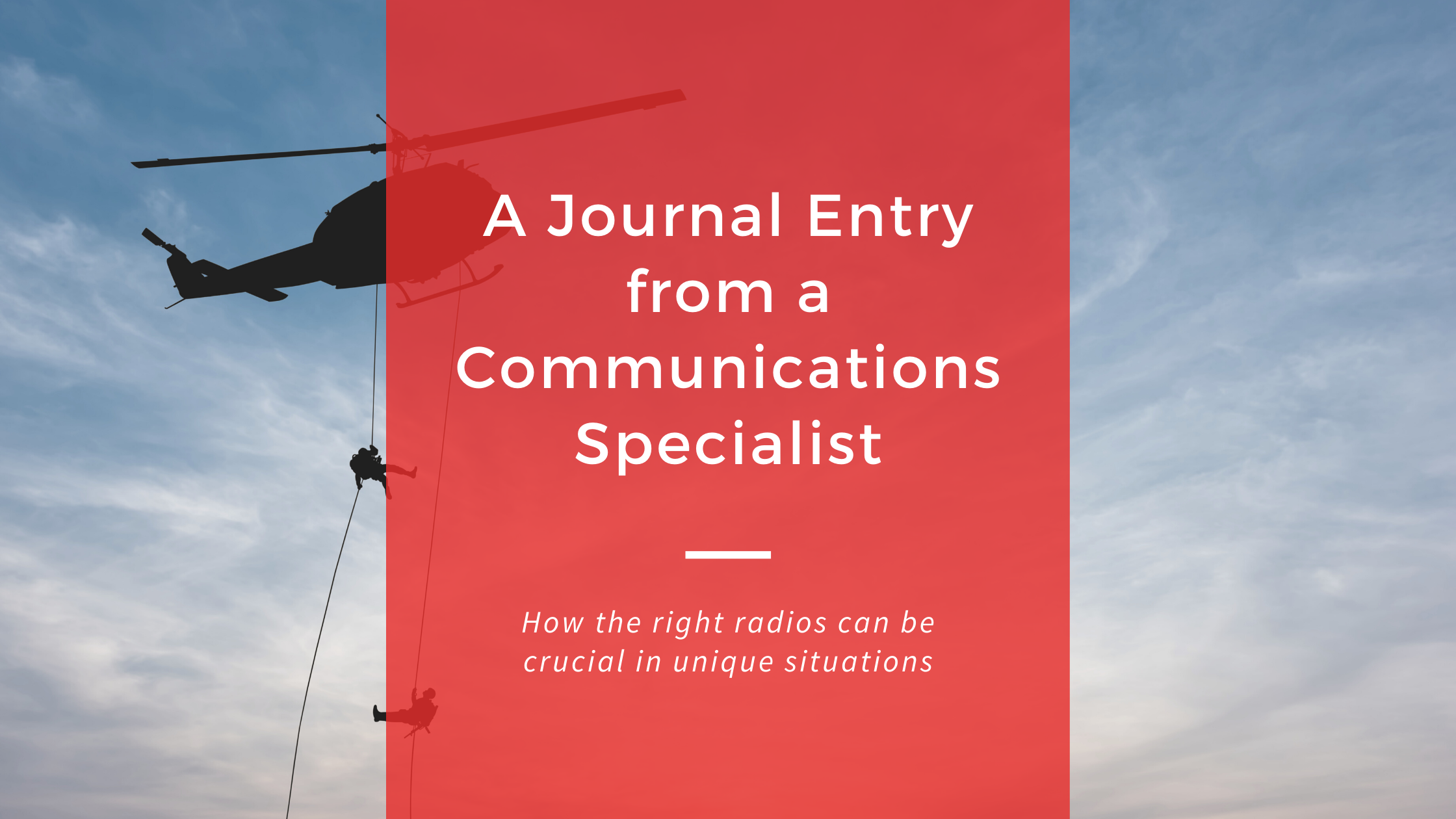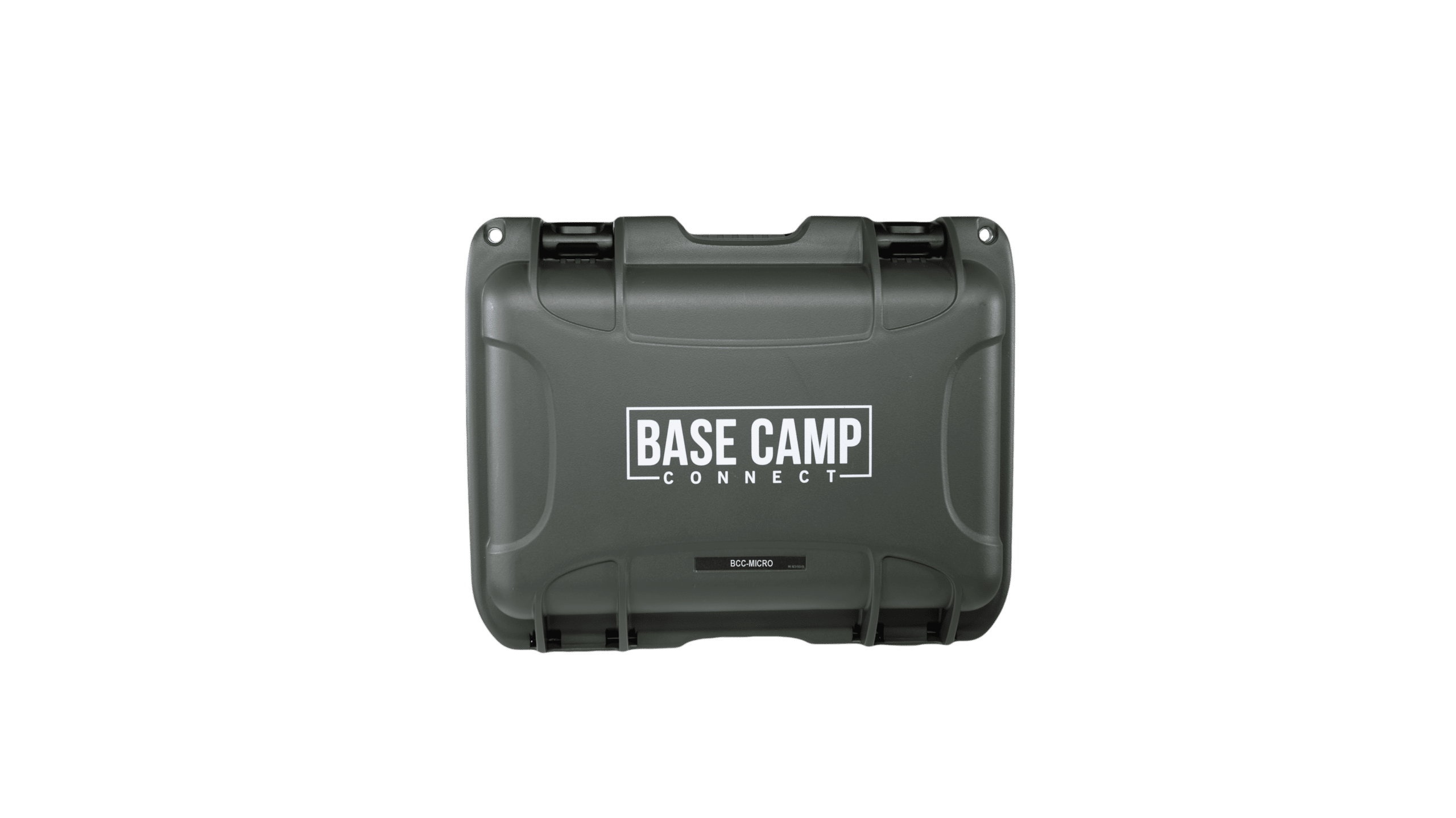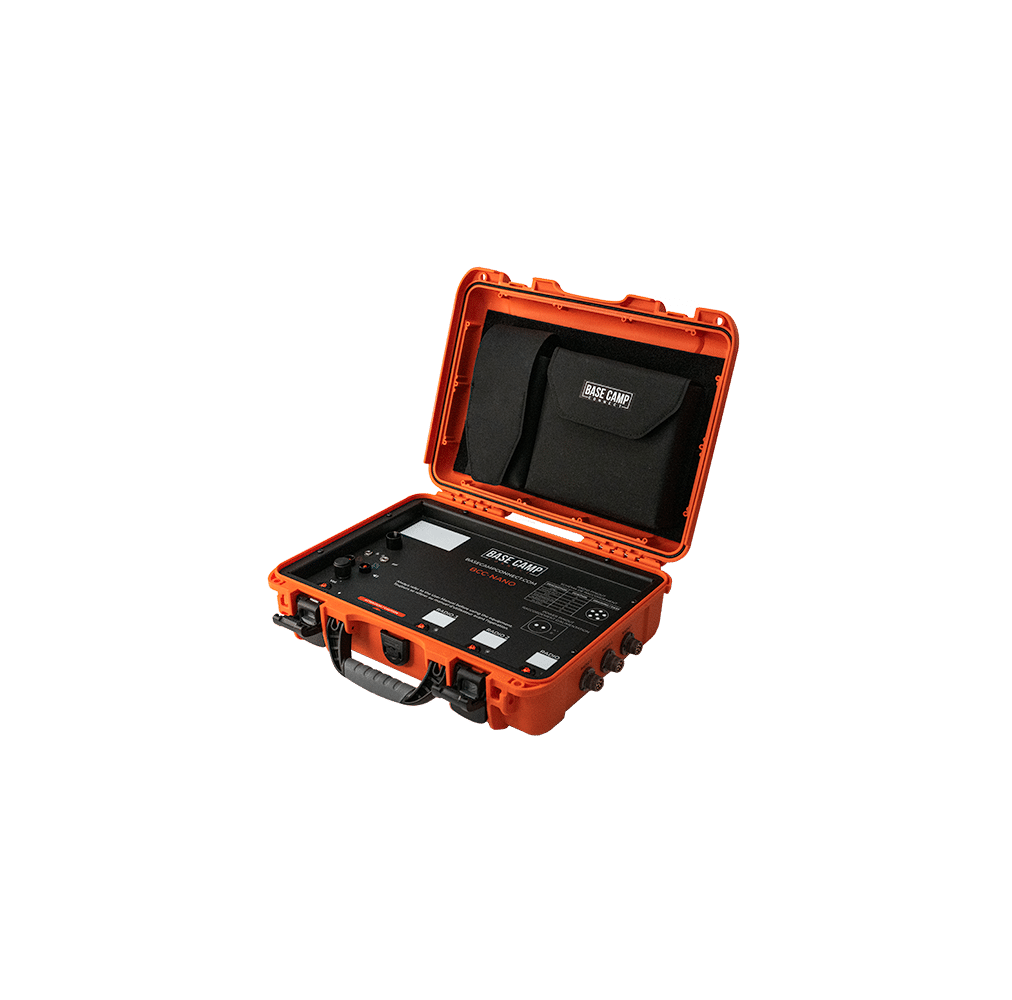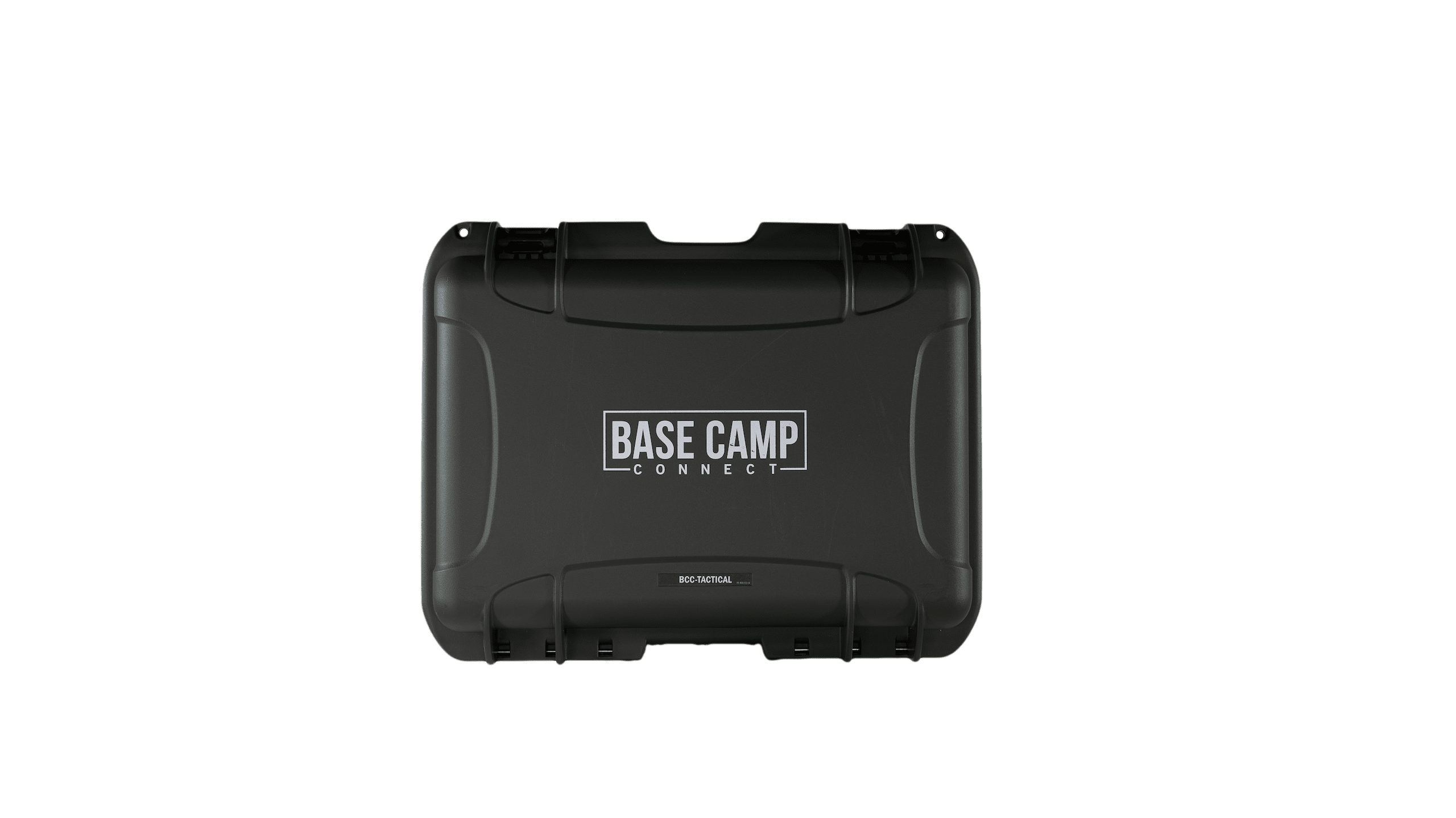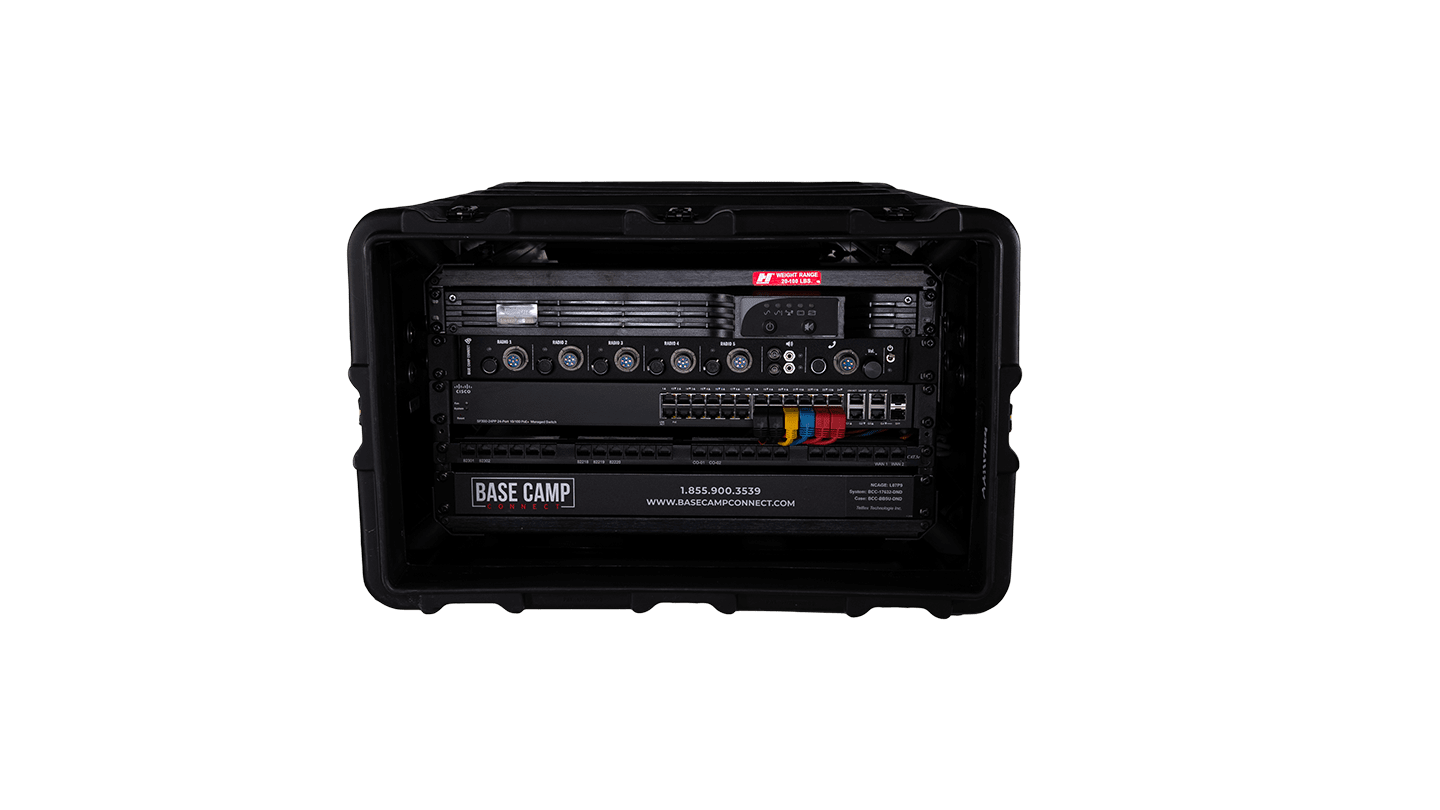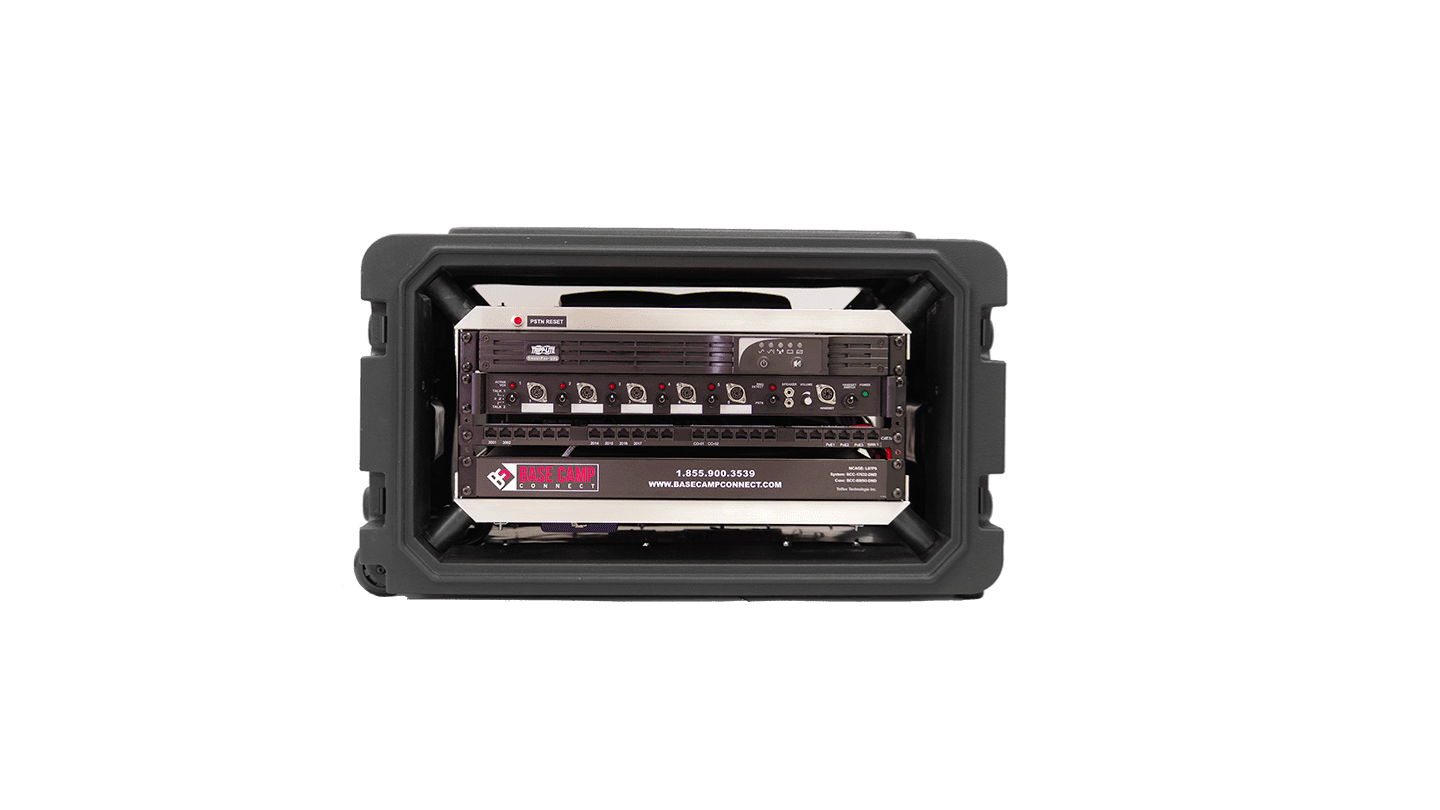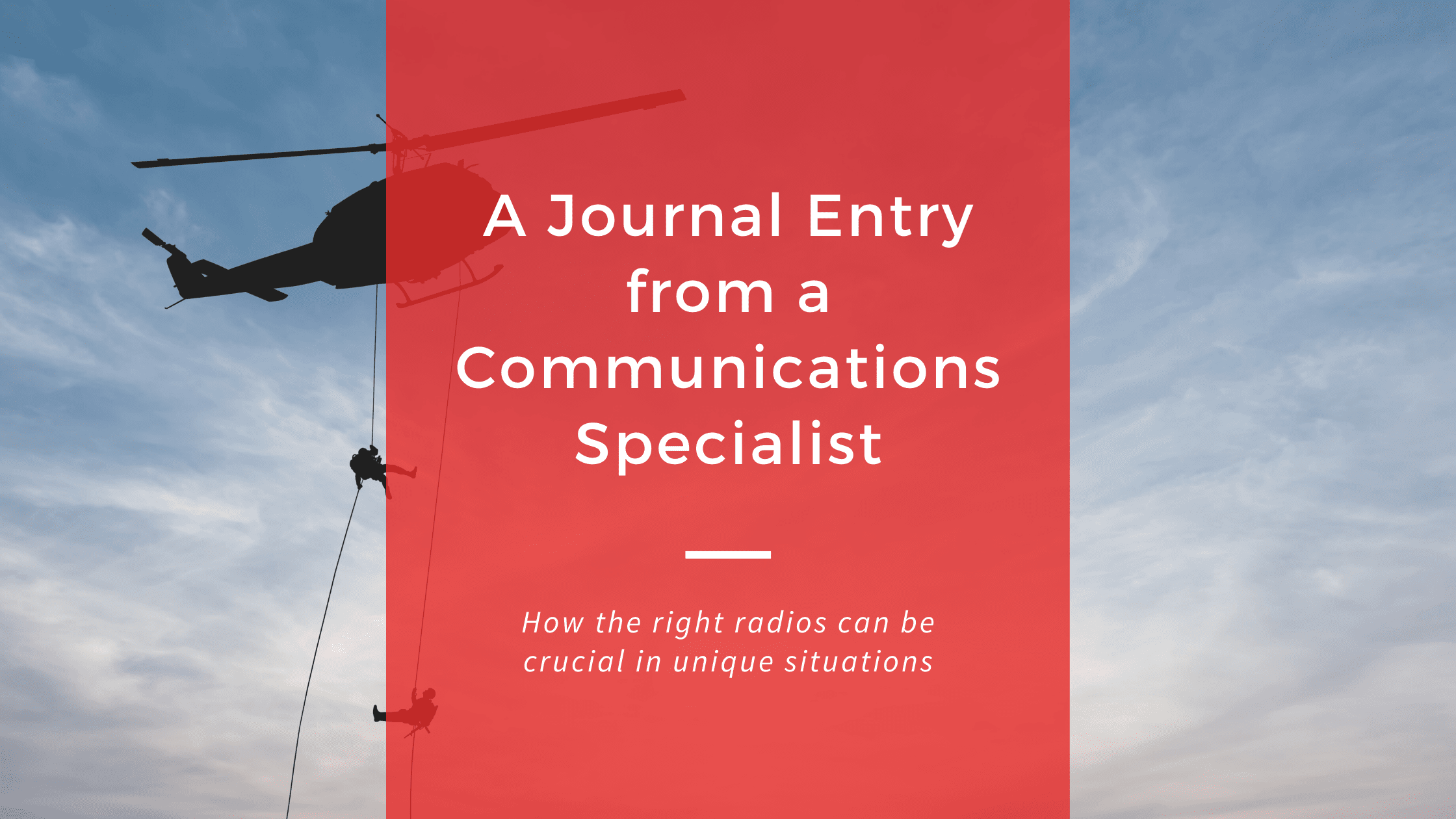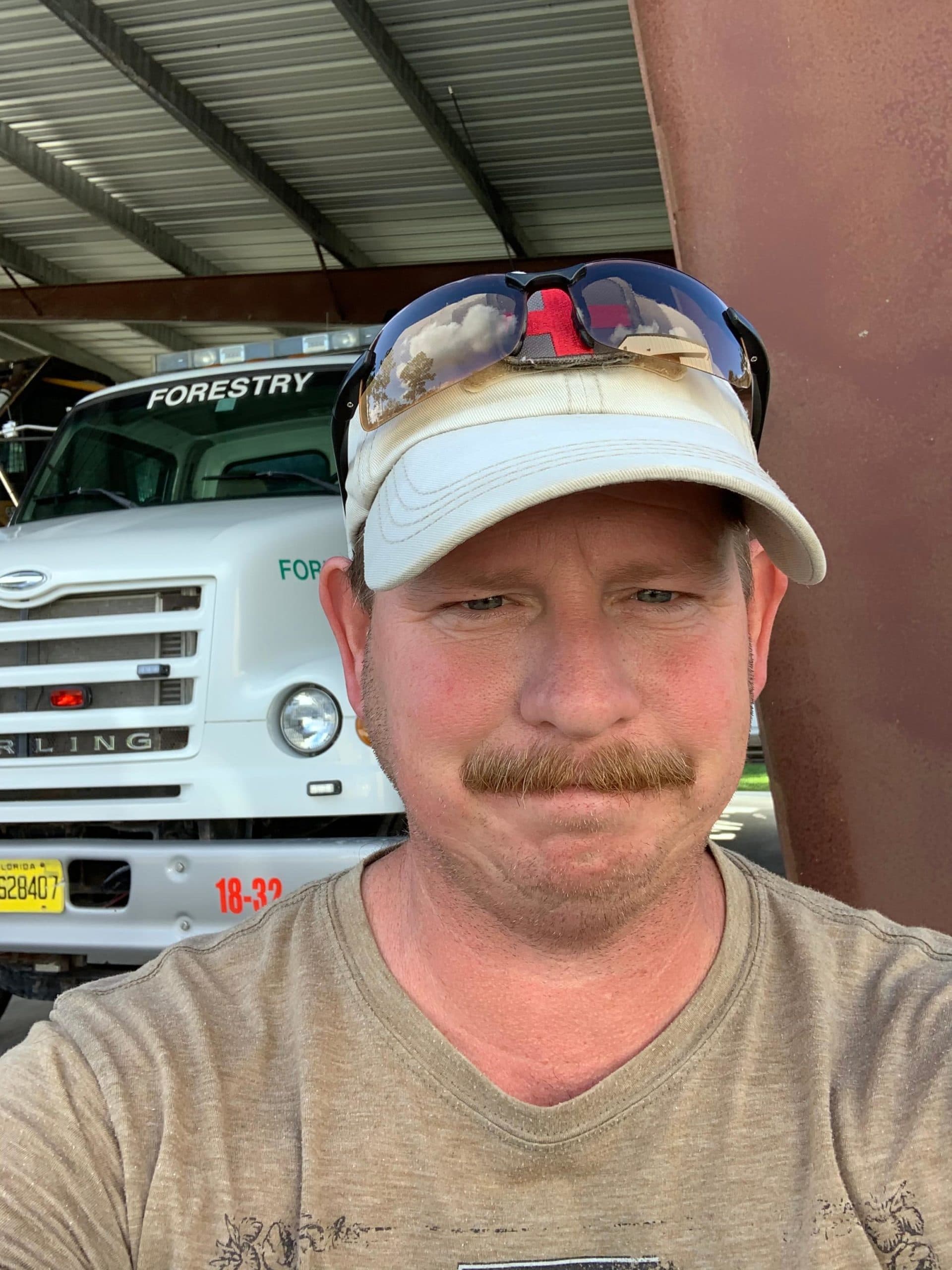Communications for Unique Situations
I have worked with rescue and military units around the world, and I am always looking for simplified radio communications. Our company has several types of radio, from Motorola and EJ Johnson to BaoFeng’s, and more. But as of late, I have found a great 10-watt with an integrated GPS and a repeater radio: the Abbree AR-889g radio. This radio has performed perfectly for our purposes. During a wide area or wilderness search, this radio was able to help monitor the position of each team member. And the integrated GPS was set up to send its location to each of the other teams. The distance and direction show up on the GPS location display. Now the question you may be asking yourself is why a cheap off-brand radio? The answer is simple. The frequency range fits most response agencies as well as FRS, GMRS and Amateur bands. While staying within the scope of each license-class parameters, this can benefit your company’s mission, assist with local response, monitor teams’ locations, and much more. So, when would we need to change the parameters and use the radio outside the intended wattage or frequency authorizations? Only in a time of immediate life safety operations or when an STA (Special Temporary Authorization) is issued by the FCC.
Programming radios
When we use the radio for our Communications Specialist course, the ease and format for programming is simple. The programming format in an Excel-type format helps our students understand how a radio works, while the complex programming of radios like Motorola, Harris and Relm have a lot of functionality and security features. As a result, students may become overwhelmed and confused. Another benefit of using a simple radio like the Abbree radio is when we have the students program our frequencies in and dumb down and program other radios. The students see how both simple and complex a radio or radio system can be. All this being said, the Abbree AR-889g radio has one shortfall when it comes to programming to use the integrated GPS. As of now, GPS units are limited to longitude and latitude only. As some may be aware, there are several Long Lat formats. Like FEMA, we prefer the US National Grid or Military Griding system; most state agencies are following suite. But for the time being, we are only using the Distance and Direction portion of Team management, with someone doing a manual conversion at base.
Repeater functions can be crucial
The repeater function is great for a rapid field set up. As a test, we placed one radio in repeater mode and hoisted it up at tree level. This doubled our range in a matter of 2 to 3 minutes. While terrain, topography and elevation may change the undergoing operation, this was still an added bonus. The repeater mode is not intended for permanent use, but it can help to extend an operational distance during the start of an operation event or a scenario. The data bust for using the integrated GPS location feature is milliseconds, and it can be sent at the beginning, at the end or during both ends of a transmission. The data is sent in the voice portion of signal; so, we believe, based on the specifications of some Base Camp Connect devices, that locations can still be shared. But there is one other shortfall: when using the GPS function, the only other radio capable of GPS Tracking with the Abbree is the Zastone 889g radio. The radio cost was under $120 per unit, and it comes complete with a charger antenna, one battery and a belt clip. We had to purchase the programming software separately, along with the programming cable. The Zastone software and cable work, but we purchased the cable and software from RT Systems. Very easy to program, as mentioned, and cloning is just as easy.
Some facts about me and my company. I have been running military radios and phone systems since 1995, both in combat and disaster relief. I hold a General Amateur Radio license, and I have attended a Combat Radio Operators course and FEMA Communication Tech and Unit Leader courses. My company Disaster and Tactical Communications, LLC provides technical communications consulting and training services. My company is licensed to operate HF, VHF and UHF frequencies. We are an approved Florida State Fire College course provider. We have held several Communications Specialist courses in Wisconsin, Florida, and North and South Carolina. We specialize in specialty communications, wilderness search, downed aircraft survival and tactical communications operations.
